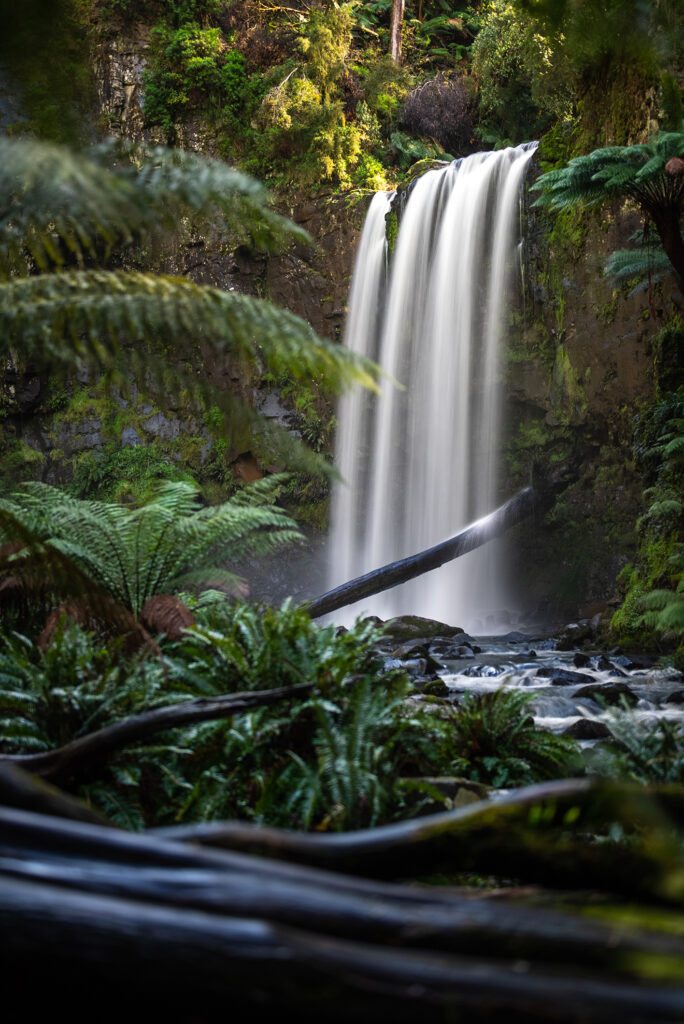
The Power of High-Quality Production:

The Role of Sound Quality:

Elevating the Viewing Experience:

The Impact on Brand Perception:

Investing in High-Quality Production:
Production Checklist
1.
Talent Management:
• Identify the required talent, including actors, presenters, or voice-over artists.
• Contact all talent on the day prior to filming to ensure they are prepared.
• Have someone in mind as backup for filming if the talent you have organised cannot attend on the day
2.
Location Scouting and Management:
• Determine the desired locations that align with the creative vision.
• Full sun is not ideal for filming interviews. Ideally organise talent for early morning or later afternnon filming. If this is not possible, then
• ensure you have a suitable location in mind that is in the shade of a tree or building. Send us photos of your interview locations
if possible.
• Conduct thorough location scouting to ensure suitability and accessibility.
• Obtain necessary permissions, permits, and releases for filming at each location.
3.
Confirm Logistics and Requirements:
• Communicate the shoot schedule and logistics to the talent and location owners.
• Ensure that all parties involved are aware of call times, specific requirements, and expectations.
• Coordinate any additional needs, such as parking, transportation, or accommodations.
4.
Be Present On Set:
• Plan to be present on set during the filming days to oversee talent and location management.
• Facilitate communication between the production team, talent, and location owners.
• Address any issues or concerns that may arise promptly and efficiently.
5.
Weather Contingency Plans:
• Monitor weather forecasts leading up to the shoot days.
• Have backup plans in place for adverse weather conditions, such as rain or extreme temperatures.
• Consider alternative indoor locations or rescheduling options if necessary.
6.
Prepare Location and Talent Releases:
• Ensure that talent and location owners sign appropriate releases and agreements. These can be problematic to get people to
sign after the production day.
• Store copies of the signed releases in a secure and easily accessible location.
• Clearly communicate the terms and conditions outlined in the releases to all parties involved.
8.
Organize Permits and Insurance:
• Obtain any necessary permits or licenses required for filming at specific locations.
• Confirm that the production has adequate insurance coverage for liability and equipment.
• Keep documentation of permits and insurance readily available for reference.
9.
Coordinate with Production Team:
• Maintain open communication with the production team regarding talent and location needs.
• Share information about talent and location requirements, including any specific requests or restrictions.
• Collaborate closely with other departments to ensure seamless integration of talent and locations in the overall production.
10.
Plan for Comfort and Safety:
• Consider the well-being of talent and location owners during the shoot.
• Provide necessary amenities, snacks, lunch, drinks and toilet.
• Implement safety measures and communicate any potential hazards to all parties involved.
11.
Continuously Evaluate and Adjust:
• Regularly review talent and location management processes and make necessary improvements.
• Seek feedback from talent, location owners, and the production team to address any concerns or areas for improvement.
• Adapt and adjust plans as needed to ensure a smooth and successful production.

Remember, customize this checklist template to align with the specific needs and requirements of your video production project.

